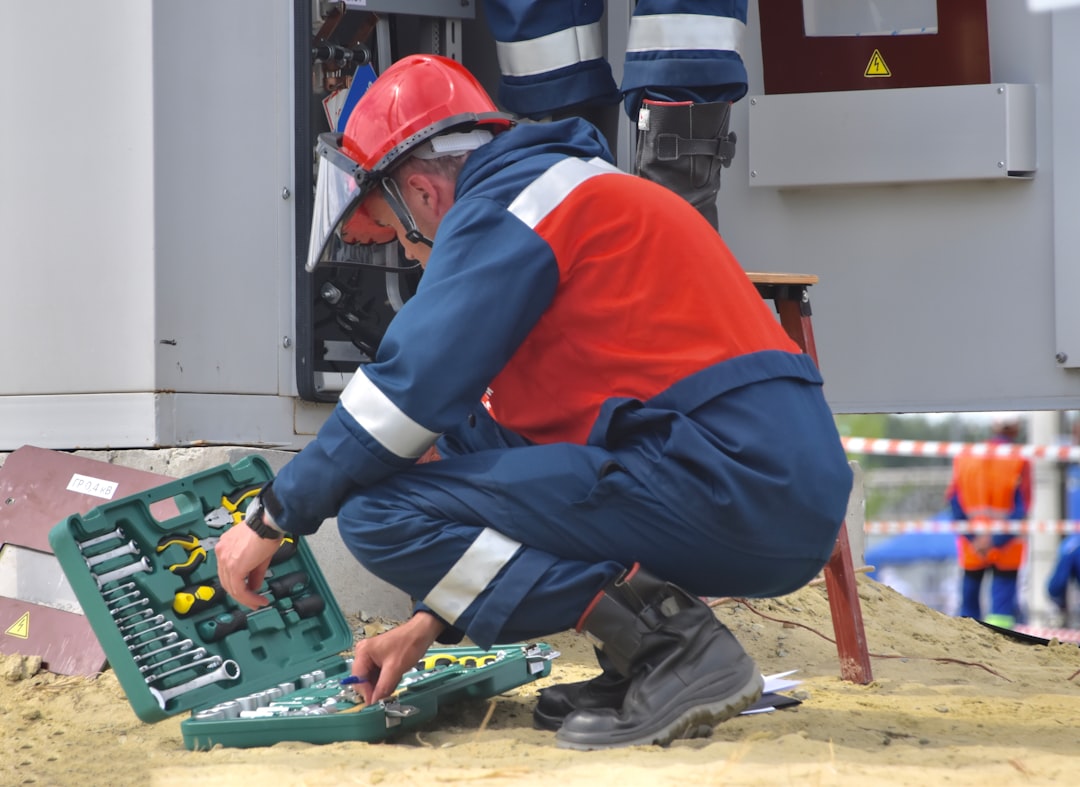
Steel construction is an important procedure in numerous markets, laying the groundwork for creating everything from bridges to automobiles. This wide term encompasses various procedures, approaches, and strategies that change raw steel right into usable products or parts. With the increasing demand for customized options and progressed modern technologies, understanding the complexities of steel fabrication is crucial for both makers and customers.
The steel fabrication procedure usually involves numerous vital actions, consisting of cutting, bending, welding, and assembling. Each step plays a crucial duty in establishing the final product’s high quality and efficiency. For instance, high-precision reducing strategies like laser cutting or waterjet cutting enable elaborate styles with minimal waste. Bending procedures ensure that the metal parts are shaped precisely to fit within total building and constructions, while welding methods, such as MIG (Steel Inert Gas) and TIG (Tungsten Inert Gas), guarantee solid joints that are necessary for sturdiness.
One of the key benefits of metal fabrication is its convenience. Various steels, consisting of steel, light weight aluminum, and copper, can be utilized for different applications, depending on their residential or commercial properties and the needs of completion product. This adaptability permits sectors to pick materials that finest match their demands, affecting stamina, weight, corrosion resistance, and cost-effectiveness. In addition, developments in construction technologies have actually even more broadened the range of applications and the intricacy of layouts that can be achieved, empowering companies to innovate continuously.
Steel fabrication not only offers useful objectives but also contributes dramatically to the economic climate. The construction market develops jobs, drives technical advancement, and sustains various other sectors such as building, automobile, and aerospace. As markets evolve towards more lasting methods, metal construction is adjusting to meet these obstacles by embracing new innovations, such as automation and progressed robotics, to enhance performance while lowering environmental effect.
Finally, steel fabrication is a critical component of modern production and facilities advancement. Comprehending its techniques, applications, and significance helps organizations and customers value the intricacy behind the steel products we often consider approved. As innovation continues to development, the possibilities for innovation within the steel fabrication industry will unquestionably increase, paving the way for a much more efficient and lasting future.